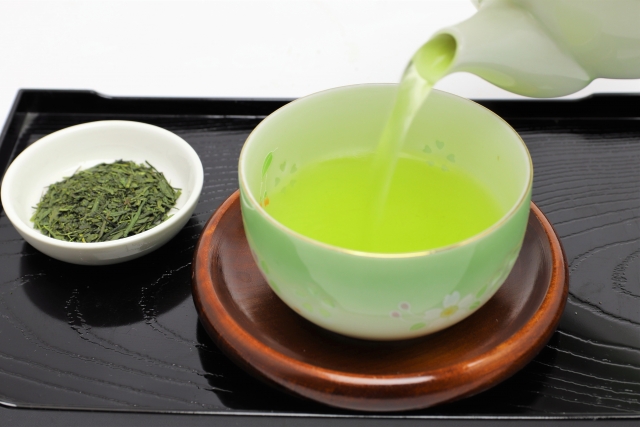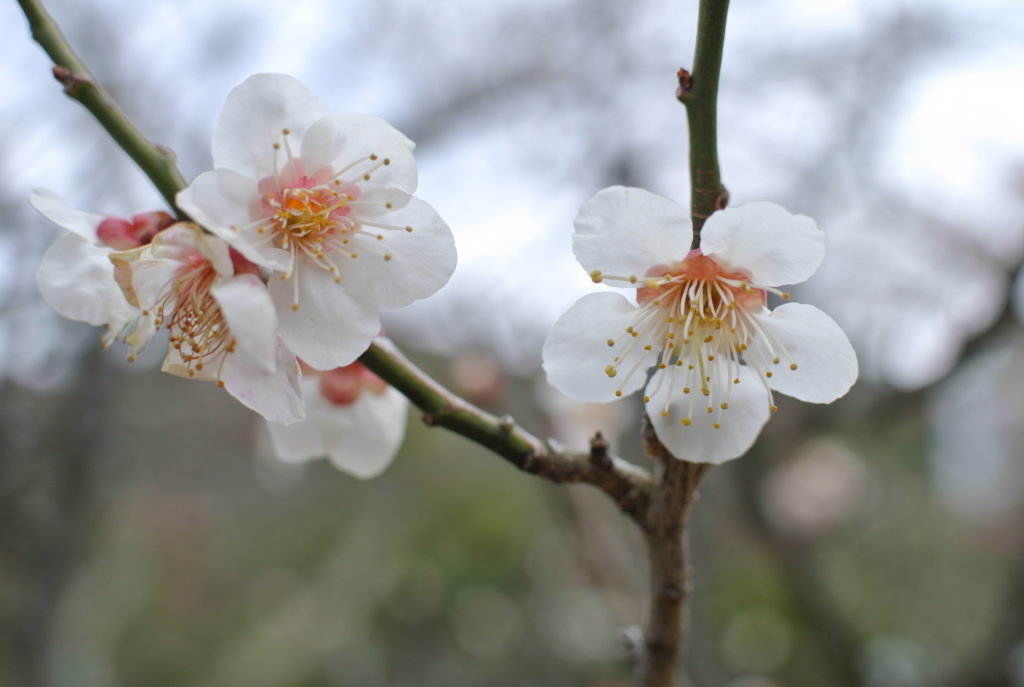Soba are noodles made of buckwheat and wheat flour. They are served either hot in a seasoned dashi broth or cold with a soy sauce-based dipping sauce.
Hot soba are topped with various ingredients such as green onions, tempura, a raw egg, and deep-fried tofu. Cold soba sometimes come with dried shredded seaweed, a raw quail egg, and wasabi.
Japanese people eat soba on New Year’s Eve, hoping for good health and longevity for the coming year. Soba are believed to symbolize longevity because of their long shape.





